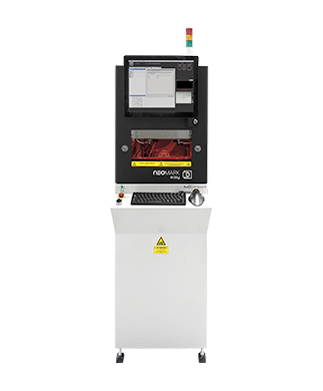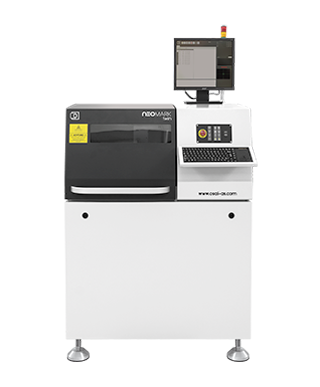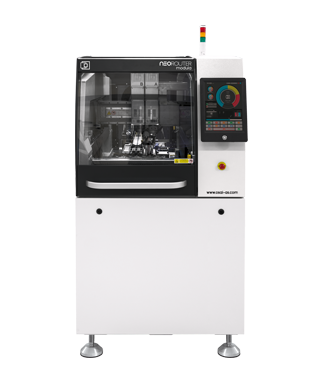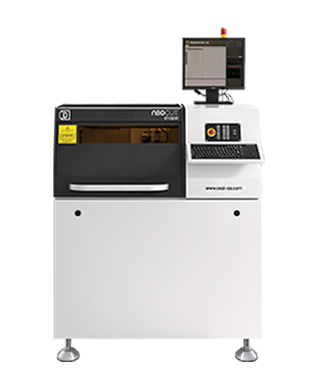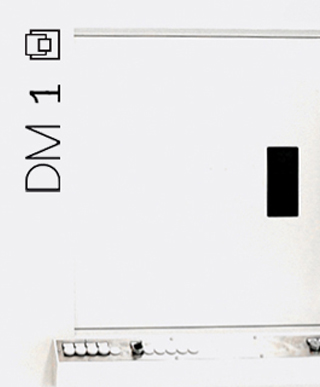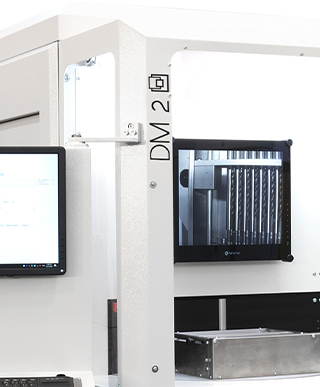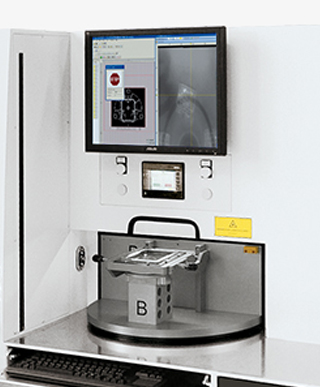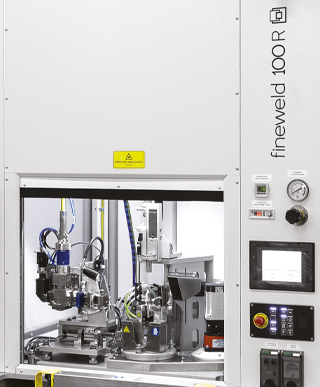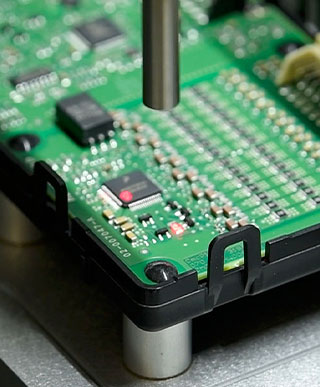Electronics.
Electronics.
Equipment for fast, reliable and, flexibility production.
Electronics permeates every aspect of our society, from consumers gadgets to industrial machinery. In the dynamic landscape of electronics manufacturing, smart solutions are driving a transformative wave, reshaping the industry’s operational environment, and pushing the boundaries of efficiency and innovation. But where did we start?
The application of electrical engineering began in the 19th century with Volta’s battery. This industry has its roots in the late 19th and early 20th centuries with the invention of the vacuum tube, and the invention of the transistor in 1947 by John Bardeen, Walter Brattain, and William Shockley at Bell Laboratories. The transistor revolutionized electronics by replacing bulky and unreliable vacuum tubes with smaller, more reliable solid-state devices. This innovation led to the development of smaller, more efficient electronic devices such as radios, televisions, and computers.
Throughout the mid-20th century, the electronics industry experienced rapid growth and innovation, driven by advancements in semiconductor technology and integrated circuit design.
The introduction of the microprocessor in the early 1970s marked another significant milestone in the history of electronics. Essentially, a complete central processing unit (CPU) on a single chip enabled the development of powerful and compact computing devices, including personal computers and, later, mobile devices. The rise of the internet in the 1990s further transformed the electronics industry, fueling demand for networking equipment, telecommunications devices, and consumer electronics.
In recent decades, the electronics industry has continued to evolve rapidly, driven by trends such as miniaturisation, wireless connectivity, and the Internet of Things (IoT). Advances in semiconductor manufacturing, including the development of nanotechnology and 3D printing, have enabled the production of smaller, faster, and more energy-efficient electronic devices.
At the heart of all electronics is the printed circuit board, typically abbreviated PCB.
A printed circuit board is a rigid structure that contains electrical circuitry made up of embedded metal surfaces called traces and larger areas of metal called planes. If in past PCBs only needed to manage small data volumes, today data flows have become faster and heavier.
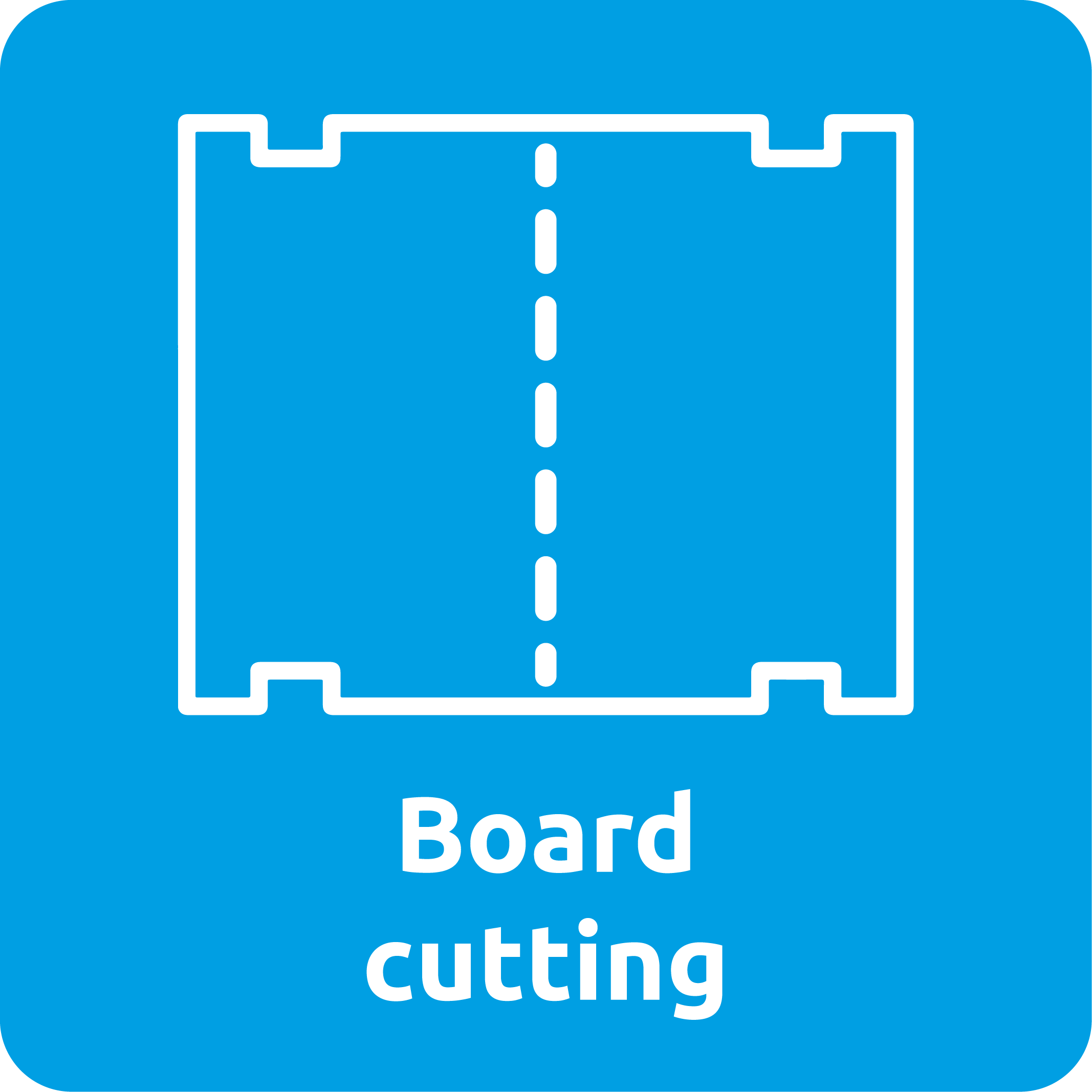
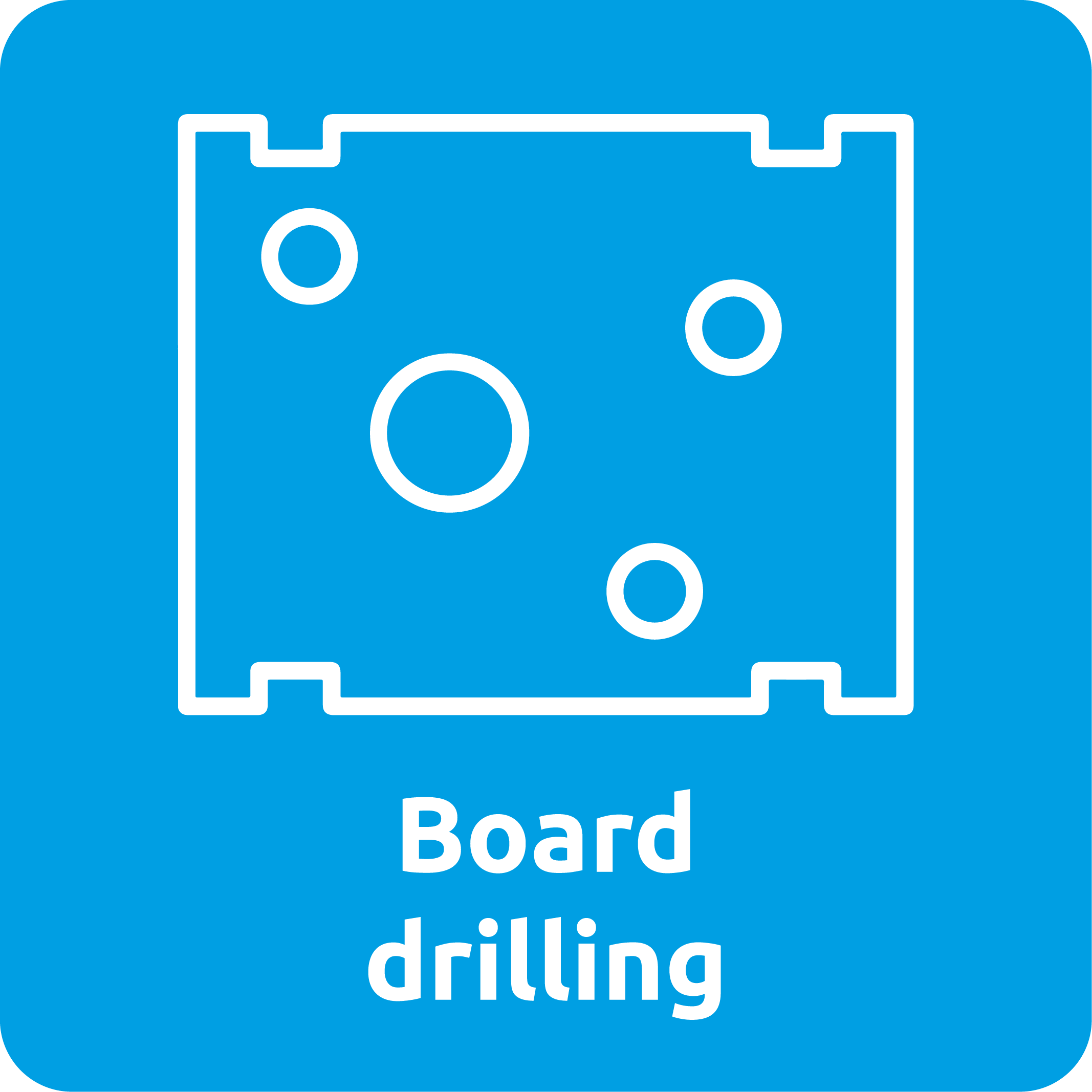

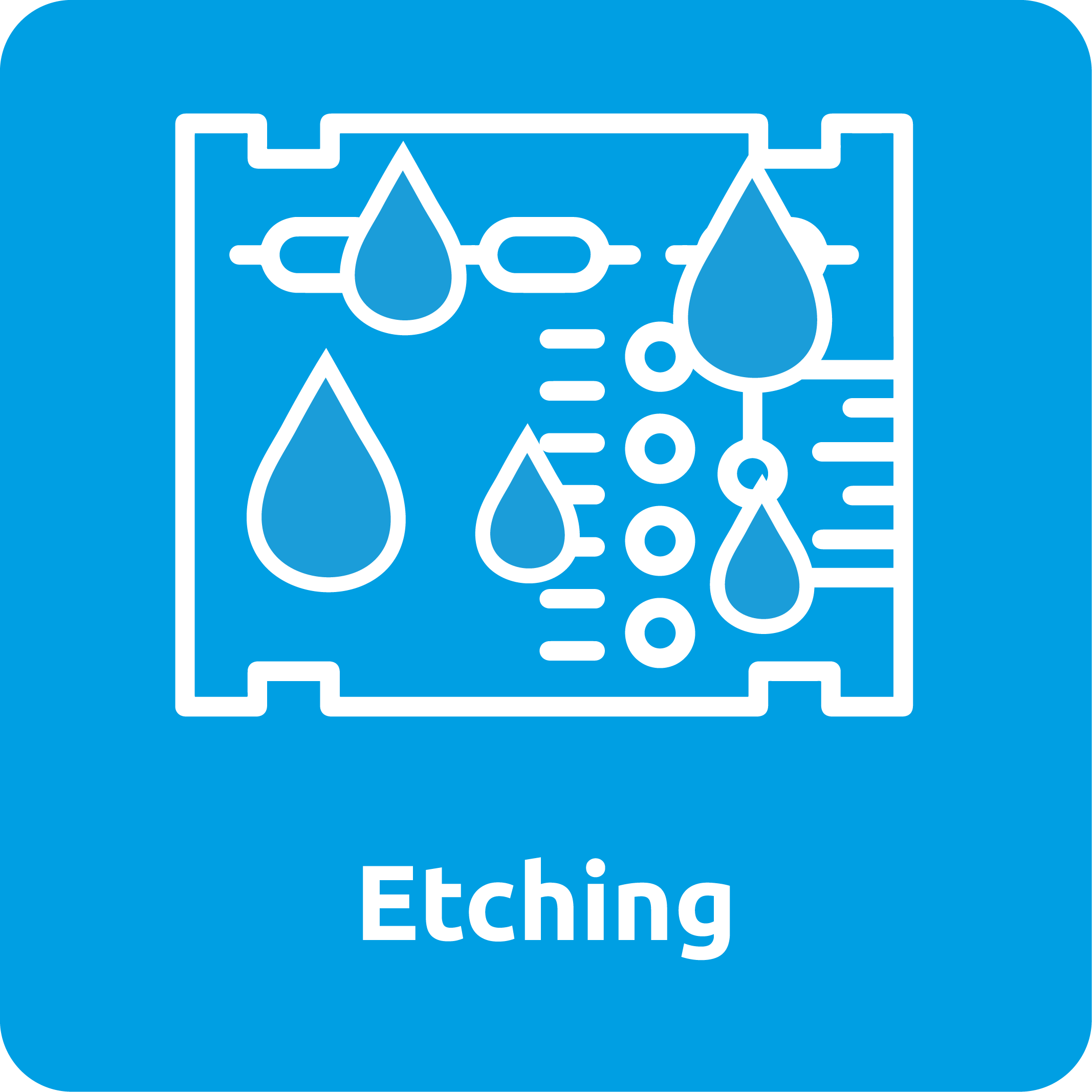
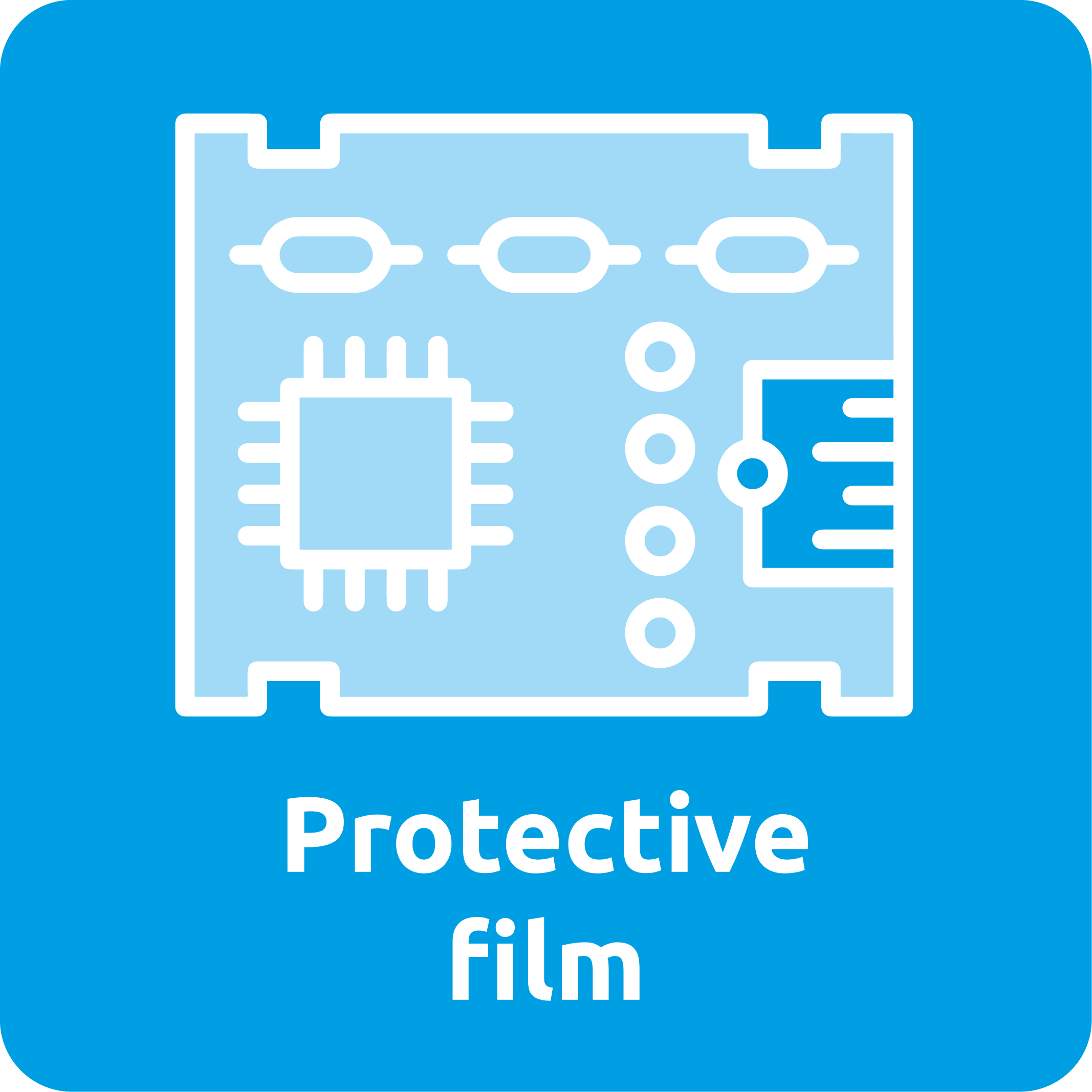

In the digital age in which we live, the growing demand for increasingly compact and portable devices is linked to the need to manage more and more information and functionality, starting with traceability.
To meet these challenges, Osai has developed the Neo platform, a wide range of systems to improve the efficiency of certain processes such as marking, assembly and separation of electronic boards. The machines are primarily aimed at manufacturers of electronic boards and integrated circuits, stand-alone or integrated on proprietary solutions.
Equipment for fast, reliable and, flexibility production.
Electronics permeates every aspect of our society, from consumers gadgets to industrial machinery. In the dynamic landscape of electronics manufacturing, smart solutions are driving a transformative wave, reshaping the industry’s operational environment, and pushing the boundaries of efficiency and innovation. But where did we start?
The application of electrical engineering began in the 19th century with Volta’s battery. This industry has its roots in the late 19th and early 20th centuries with the invention of the vacuum tube, and the invention of the transistor in 1947 by John Bardeen, Walter Brattain, and William Shockley at Bell Laboratories. The transistor revolutionized electronics by replacing bulky and unreliable vacuum tubes with smaller, more reliable solid-state devices. This innovation led to the development of smaller, more efficient electronic devices such as radios, televisions, and computers.
Throughout the mid-20th century, the electronics industry experienced rapid growth and innovation, driven by advancements in semiconductor technology and integrated circuit design.
The introduction of the microprocessor in the early 1970s marked another significant milestone in the history of electronics. Essentially, a complete central processing unit (CPU) on a single chip enabled the development of powerful and compact computing devices, including personal computers and, later, mobile devices. The rise of the internet in the 1990s further transformed the electronics industry, fueling demand for networking equipment, telecommunications devices, and consumer electronics.
In recent decades, the electronics industry has continued to evolve rapidly, driven by trends such as miniaturisation, wireless connectivity, and the Internet of Things (IoT). Advances in semiconductor manufacturing, including the development of nanotechnology and 3D printing, have enabled the production of smaller, faster, and more energy-efficient electronic devices.
At the heart of all electronics is the printed circuit board, typically abbreviated PCB.
A printed circuit board is a rigid structure that contains electrical circuitry made up of embedded metal surfaces called traces and larger areas of metal called planes. If in past PCBs only needed to manage small data volumes, today data flows have become faster and heavier.
In the digital age in which we live, the growing demand for increasingly compact and portable devices is linked to the need to manage more and more information and functionality, starting with traceability.
To meet these challenges, Osai has developed the Neo platform, a wide range of systems to improve the efficiency of certain processes such as marking, assembly and separation of electronic boards. The machines are primarily aimed at manufacturers of electronic boards and integrated circuits, stand-alone or integrated on proprietary solutions.

